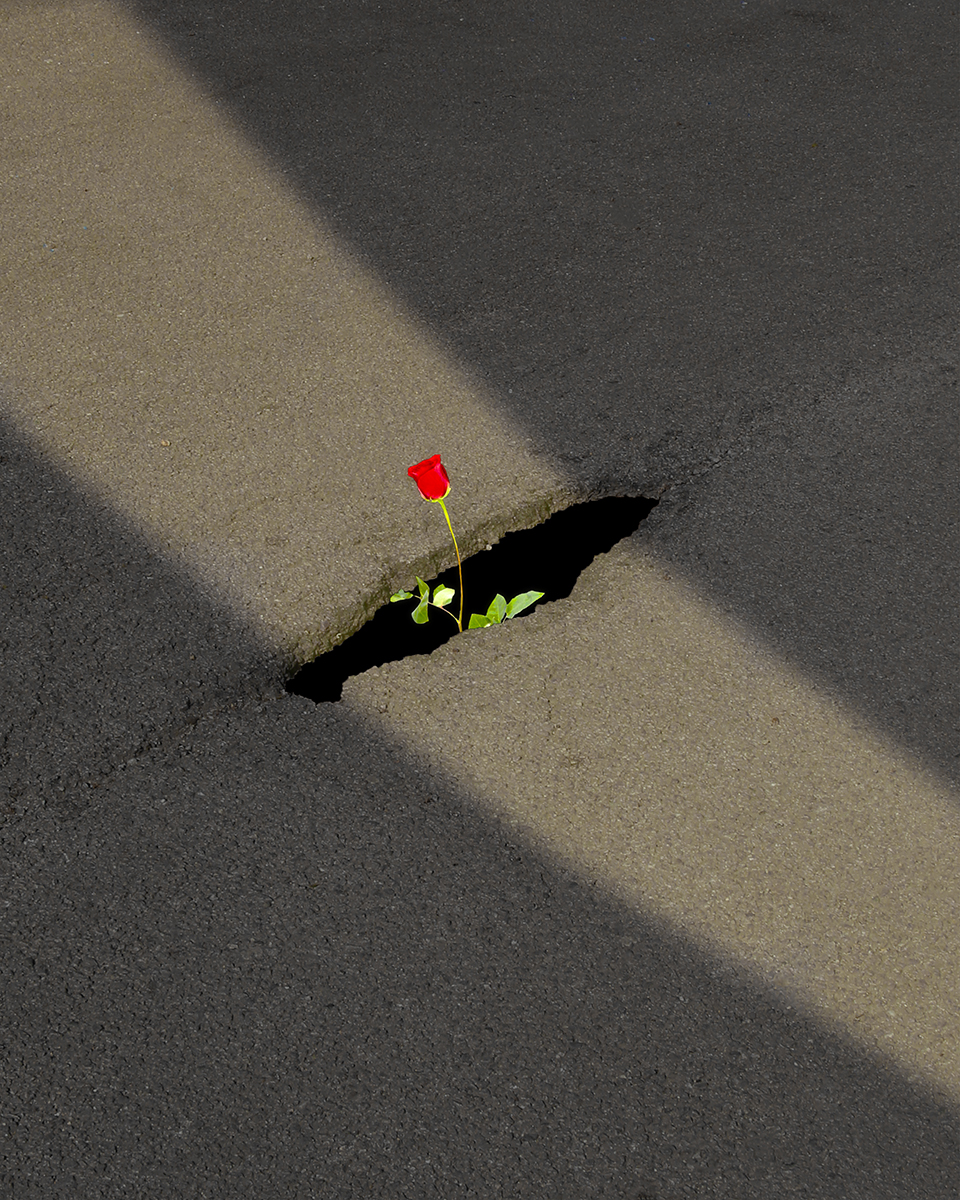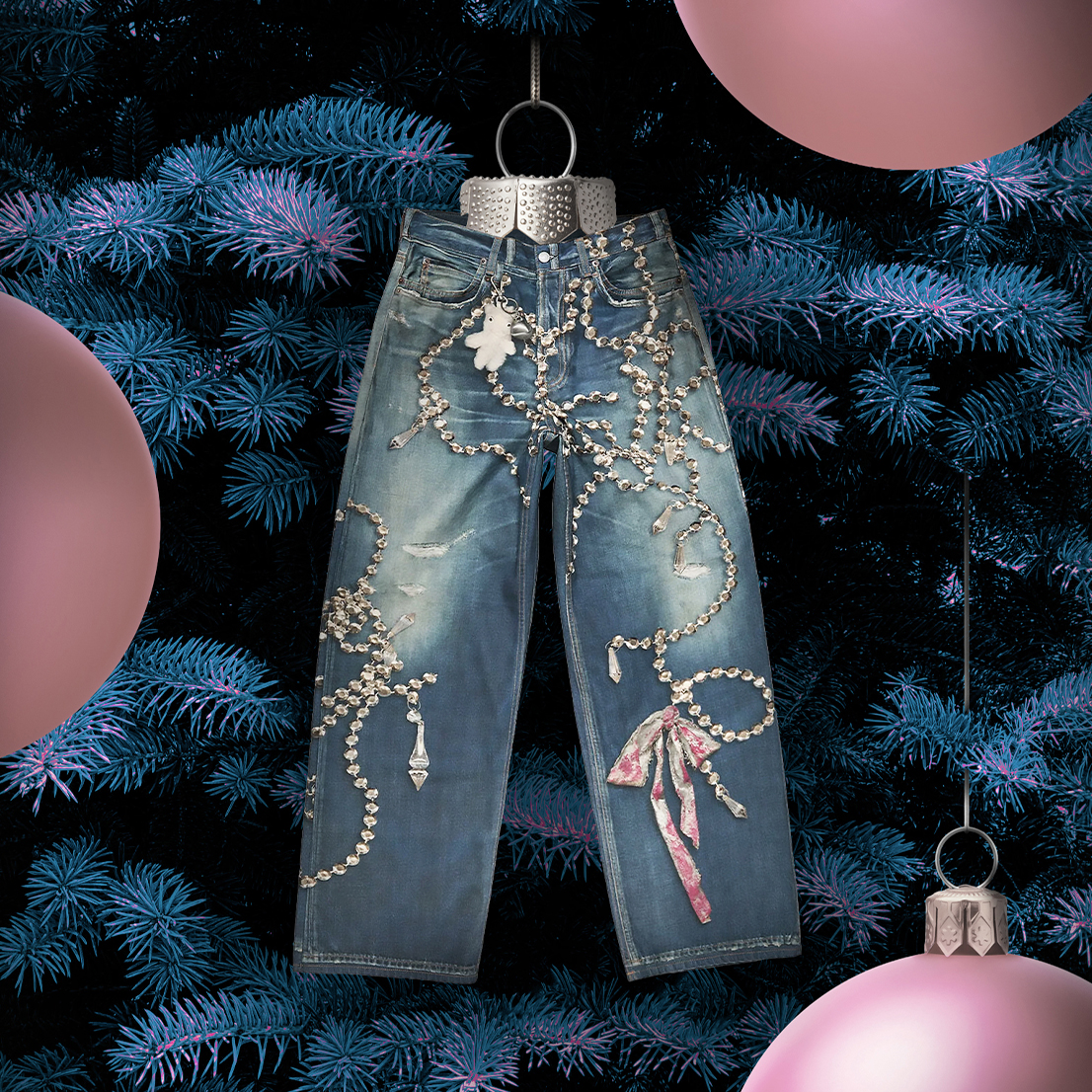This is not about disasters, catastrophes or crises. This is not about the bad things that keep us up all night or about the bad things that make us anxious. This is about news. Good news.
This is not about disasters, catastrophes or crises. This is not about the bad things that keep us up all night or about the bad things that make us anxious. This is about news. Good news.

©Photography by Sam Johnson
©Photography by Sam Johnson
“Food is to the body what information is to the mind. The information that we imbibe will turn into emotions, thoughts, actions and behaviors. The consequences are less visible but just as potent.” Back in April 2019, author and researcher Jodie Jackson put out a book called “You Are What You Read”, a powerful account of what goes on in the news – think news cycle, the stories that are includes in it and the effect that those same stories (most of them negative) have in individuals and society as a whole. After 181 pages, the book ended with a simple request: let’s not ignore the bad news; rather than that, let’s choose to not overlook the good ones. Because they exist – and are important. In 2015, Shawn Achor and Michelle Gielan conducted an investigation with Arianna Huffington to better understand the influence that news have in our wellbeing. As they explained to the Harvard Business Review, the study consisted in bringing 110 people together and separate them into two different groups: one of the groups watched three minutes of bad news before 10 in the morning, while the second one watched three minutes of solution-focuses news, that is, stories of resilience that reinforce the idea that our behavior matters. “We were stunned by the results (we even reran the analyses to double-check it) because the effects were much more significant and dramatic than we expected,” the researchers said at the time, after concluding that “individuals who watched just three minutes of negative news in the morning had a whopping 27% greater likelihood of reporting their day as unhappy six to eight hours later compared to the positive condition.”
The complicated part of it all? It’s not just the type of content that has an influence on us – the number of news we are exposed to daily also has a number of effects on how we feel. “It's possibly a shameful thing to admit, especially given I am a journalist, but I am tired of the news. I am exhausted by it. Every morning, my radio alarm clock wakes me up with the headlines, and immediately I want to pull the duvet over my head and go back to sleep.” Bryony Gordon, who wrote these words in The Telegraph last December, is far from being the only one suffering from news fatigue – data from the Reuters Institute for the Study of Journalism shows that 31% of Portuguese e 41% of Americans have avoided the news, while 58% of Brits say that the news make the feel sad or unwell; on the other hand, a study from the Pew Research Institute shows that 66% of Americans feel worn out by the amount of news there is. Unsurprisingly, all of this keeps happening as we speak, with an article from the Wired reporting that the world is already showing signs of coronavirus news fatigue.
"Someone asked me how many people are on my team and I answered 1 million. People send in their stories or stories of their neighbors, friends, classmates and this platform amplifies stories from their neighborhood to the world," Michelle Figueroa, Good News Movement
So, what do we do when people are sick of the news? The answer seems to rest on a balanced perspective of reality, a constructive journalism, a content that is not only focused on problems, but also on solutions. Not only on that, but also on good news, the kind of news that warm our hearts, fill our veins with hope and make our eyes shine a little brighter with the best of humanity. News like the heartwarming gesture of two Australian children who gave out tissues and toilet paper to their elderly neighbors in Brisbane, in case any of them weren’t able to stock up those items as a result of the coronavirus pandemic. Stories like the one behind the “Mind the gap” voice in Embankment, London, different from all the other in the subway system so that Margaret McCollum, Oswald Laurence’s widow, could still hear her husbands’ voice every day. Examples like the one of Jonathan Jones, a colorblind boy who, at the age of 12, is surprised by his also colorblind teacher with a pair of EnChroma glasses and is able to see color for the very first time. His reaction is well documented in a video that, before going viral and being featured in a number of news outlets, was first published by @goodnews_movement – an Instagram page that, alongside projects like Upworthy, Tank’s Good News and Some Good News, just to name a few, is entirely dedicated to positive news.
“I have been a network journalist for over 10 years and since my first aired story, I have always found myself drawn to stories showing the good in humanity,” says Michelle Figueroa, the founder of Good News Movement. “In fact, my very first story was for a show called Primer Impacto. It was about a toddler with skin as fragile as a butterfly’s (she has epidermolysis bullosa) whose attitude is so inspiring. I find there’s so much good in the World, much more than bad, and there wasn’t a journalist-run space for it.” A year and a half ago, Michelle made the decision to fill that same gap. “I decided to meet people where they are and since people are on their phones an average of 4 hours a day, why not go there?” The outcome couldn’t be more positive – an Instagram account followed by more than a million people, entirely dedicated to good news, kind acts and the heroes that, every day, make the world a better place. And isn’t that what we all need? “The number of followers has doubled since the outbreak hit the US, from 500,000 to over a million. I am receiving so many messages that even the simple act of sleeping 7 hours puts me behind and I find myself doing a morning catch-up session as I am receiving messages from all over the World and in different time zones. That’s a testament that even in the worst of times, good news is still overflowing, both in real life and my inbox!” Another project that saw its numbers rise was Upworthy, a good news outlet created back in 2012 with the goal of redirecting peoples’ attention to positive and inspiring stories. “In the last six weeks we've seen a crazy amount of traffic. The followers grew 65% in the last six weeks,” explains Lucia Knell, Director of Brand Partnerships. “At the beginning of March our Instagram had about 650 thousand followers, and by the last day of March we had a million. I think that the real reason for this is because the Internet, and specially now, is scary. The news is scary, and it's overwhelming, and yet this [picks her phone up] is the only thing we have to communicate, and it's the only thing we have to feel connected to what's going on.”
Most popular

Relacionados
.jpg)
.jpg)





